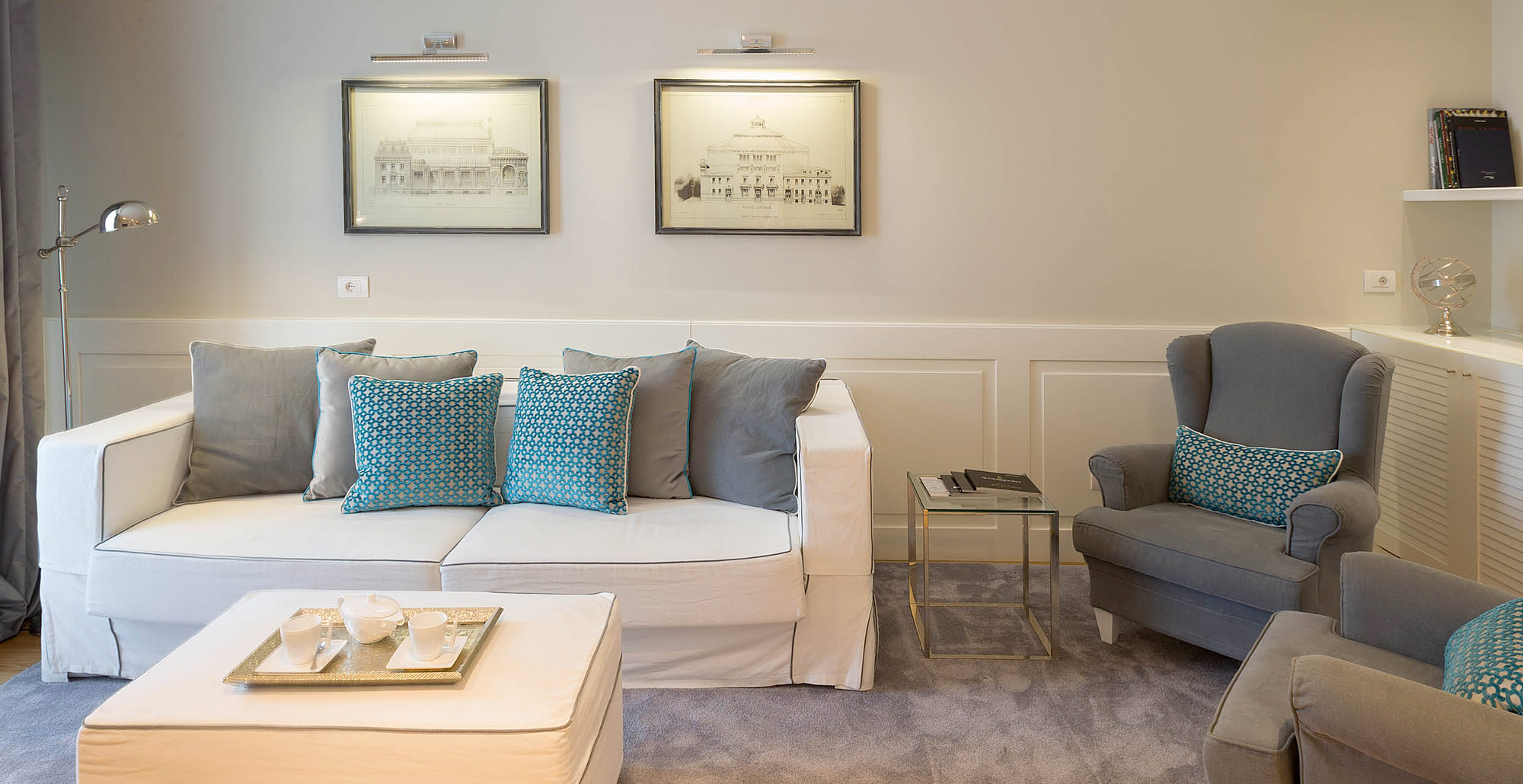Venice rises on an archipelago of small islands separated by a dense network of waterways.
Venice lies 4 km. from the mainland and 2 km. from the sea. The longest of the canals (3,8 km.) and the widest is the Grand Canal which divides the city into two parts. Around 45 internal canals run into the canal and they can be navigated by small boats or Gondolas. As many as 350 bridges connect the various zones of the city. Until 1480 all the bridges were in wood, since then they have been replaced by arched stones structures. Basically Venice today still looks as it did in the 13th century, with the exception of a few transformations in various buildings which however play an unimportand part in the general layout of the city plan.
Piazza San Marco
A gem among gems in the field of Italian architecture. The original layout of the Piazza dates to the 9th century AD. However the real transformation of the Piazza began in 1400, many buildings were torn down, the clock tower (late 15th century) was built and the mint and the library were constructed. At the beginning of the 1700’s the centuries old red brick pavment was replaced with grey trachite stone which thousands of visitors still tread under foot today.
Campanile of San Marco
The Piazza San Marco is dominated by the lofty bell tower about 100 meters high. It did not always look like this. In the 9th century a lookout tower stood on the side which at the time faced directly onto the lagoon. Frequently damaged it was rebuilt between 1511 and 1514, the structure then stood intact until 1902 when it suddenly crumbed. It was decided to be rebuilt in 1912. Nowadays from the belfry a magnificent panorama can be had over the lagoon and the city as far as the Alps.
Ponte di Rialto
The bridge has a single span of 28 meters at the point where the Grand Canal is narrowest. The first Rialto Bridge was called “Della Moneta” the original pontoon bridge was wooden in structure which was replaced when it was destroyed the next bridge collapsed in 1444 and was replaced by one which included a drawbridge and shops. When this also showed signs of instability it was rebuilt in stone and was completed in 1592.
The Gondola
This small slender boat is said to be 1000 years old. In the 18th century the gondola was standardized (once some were larger and propelled by several oars) and now 10.5 meters long and 1.75 meters wide. The flat bottomed boat is asymmetrical because it is propelled by a single oar on the starboard side. The gondolier whose uniform consists of a stried jersey and beribboned straw hat was once much more curiously and elegantly outfitted. The gondolas which now ply the Venetian waterways are barely one twentieth of those there in the 18th century due to the more modern motorboat. However you will see weddings, christenings and funerals traveling by the traditional gondola.











